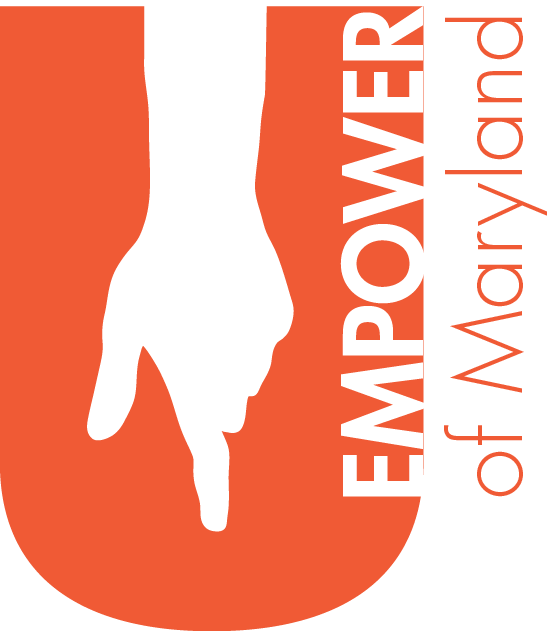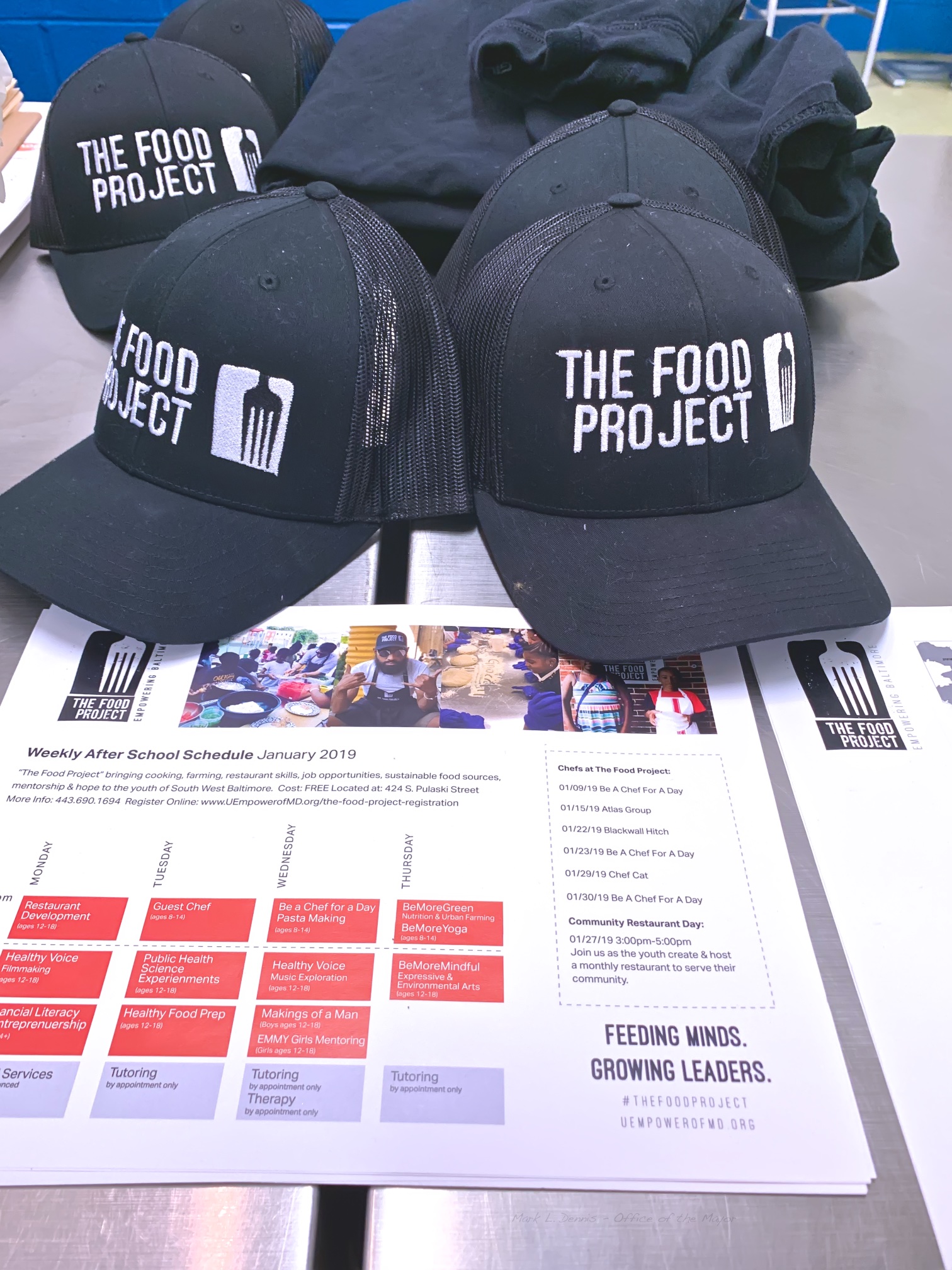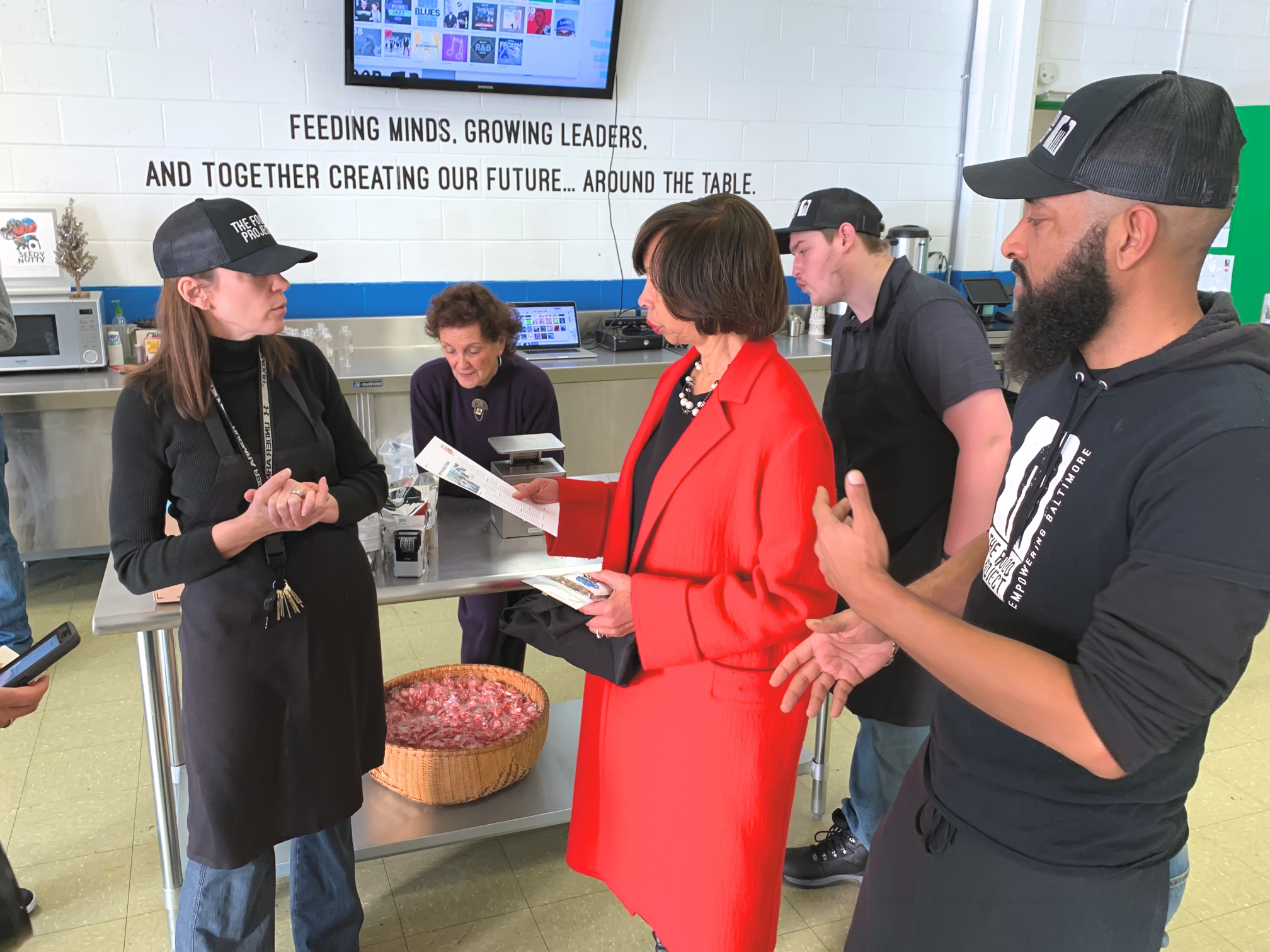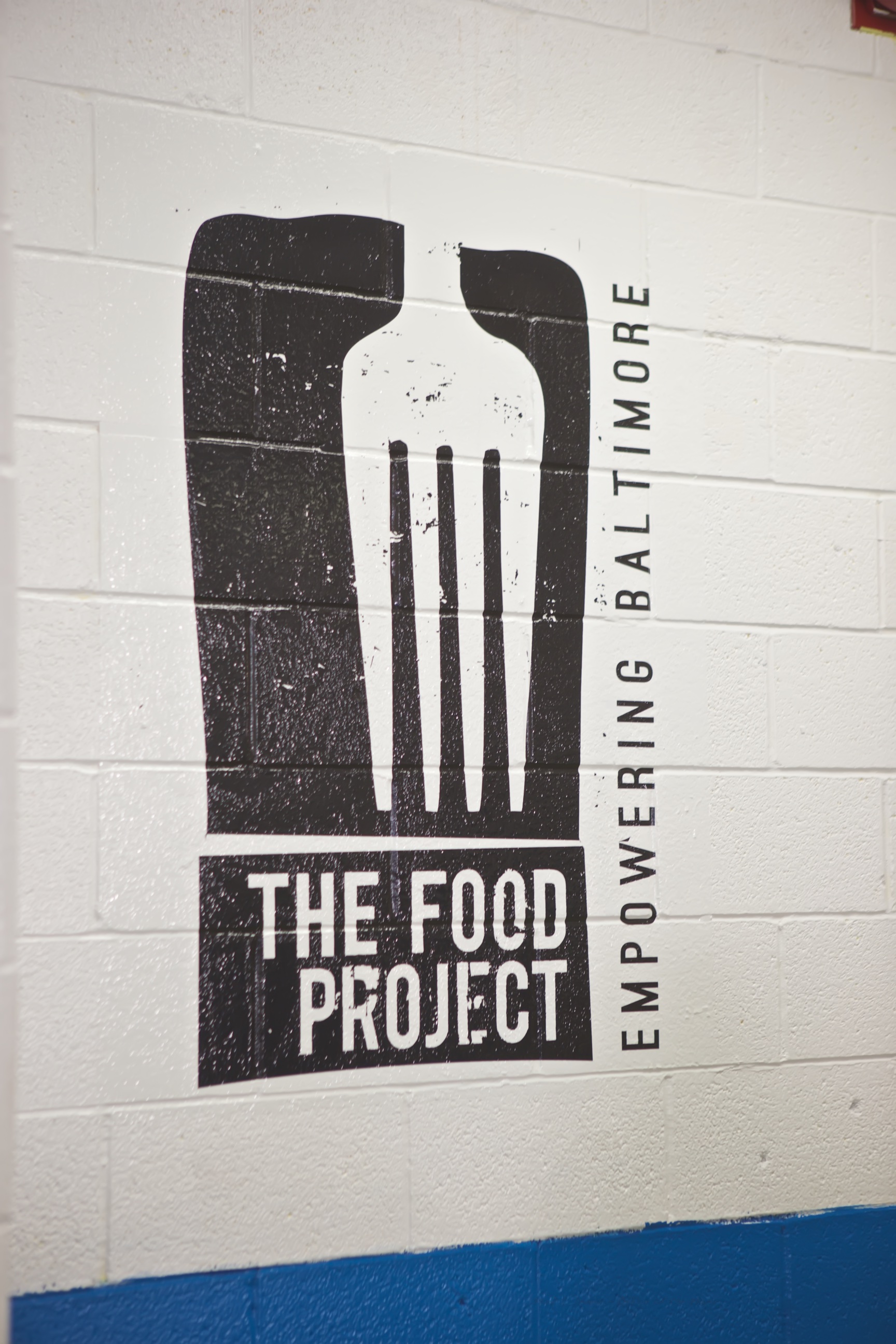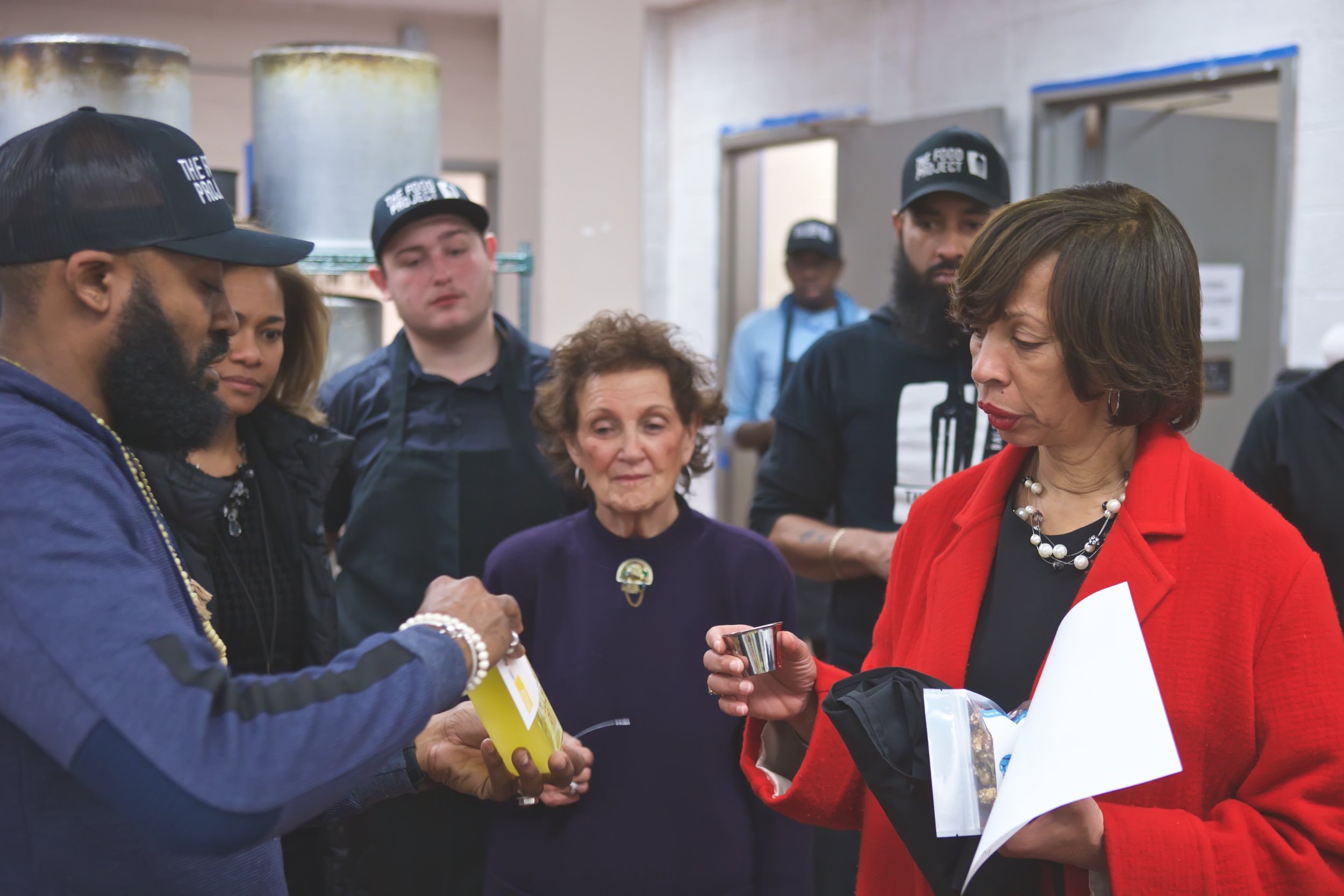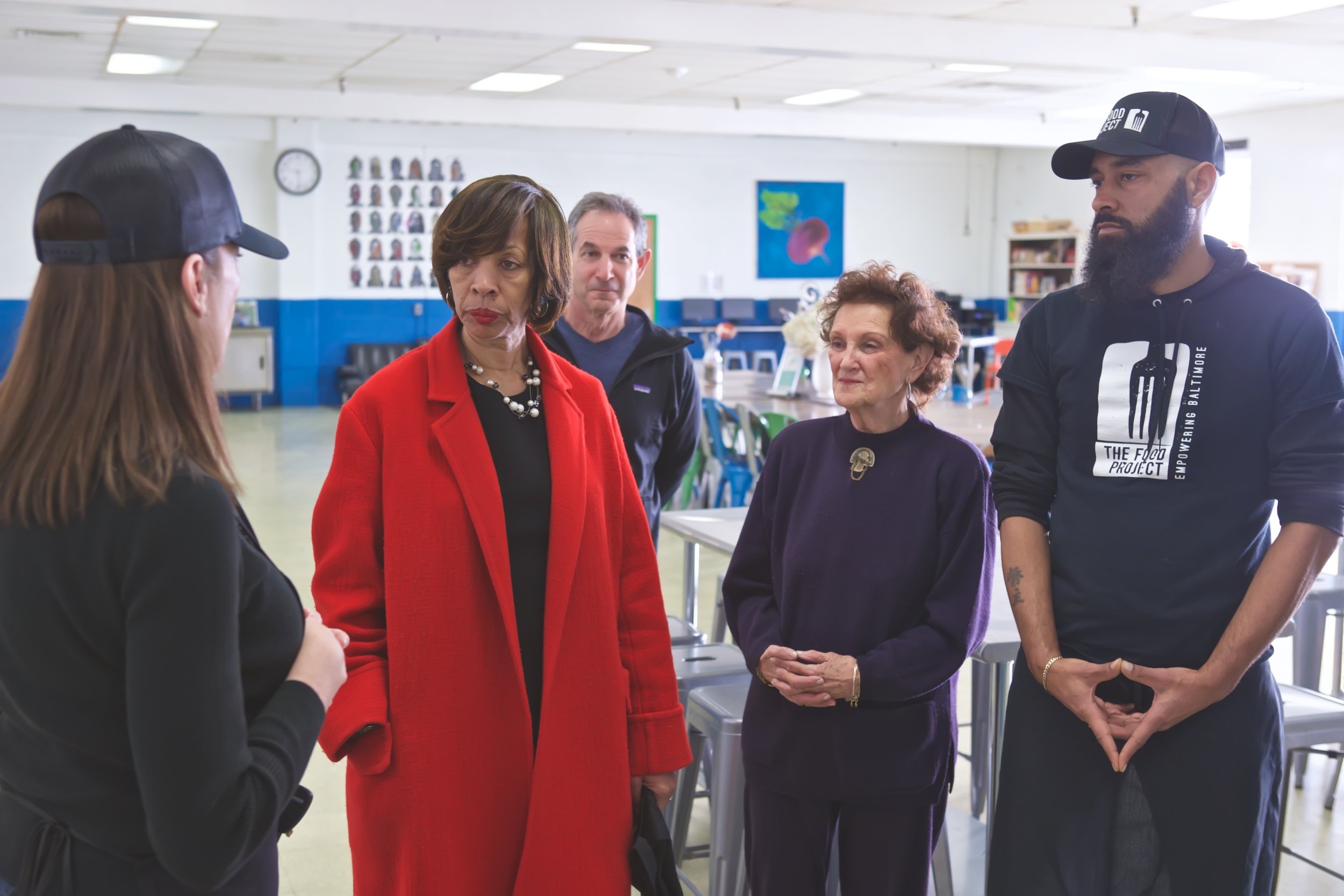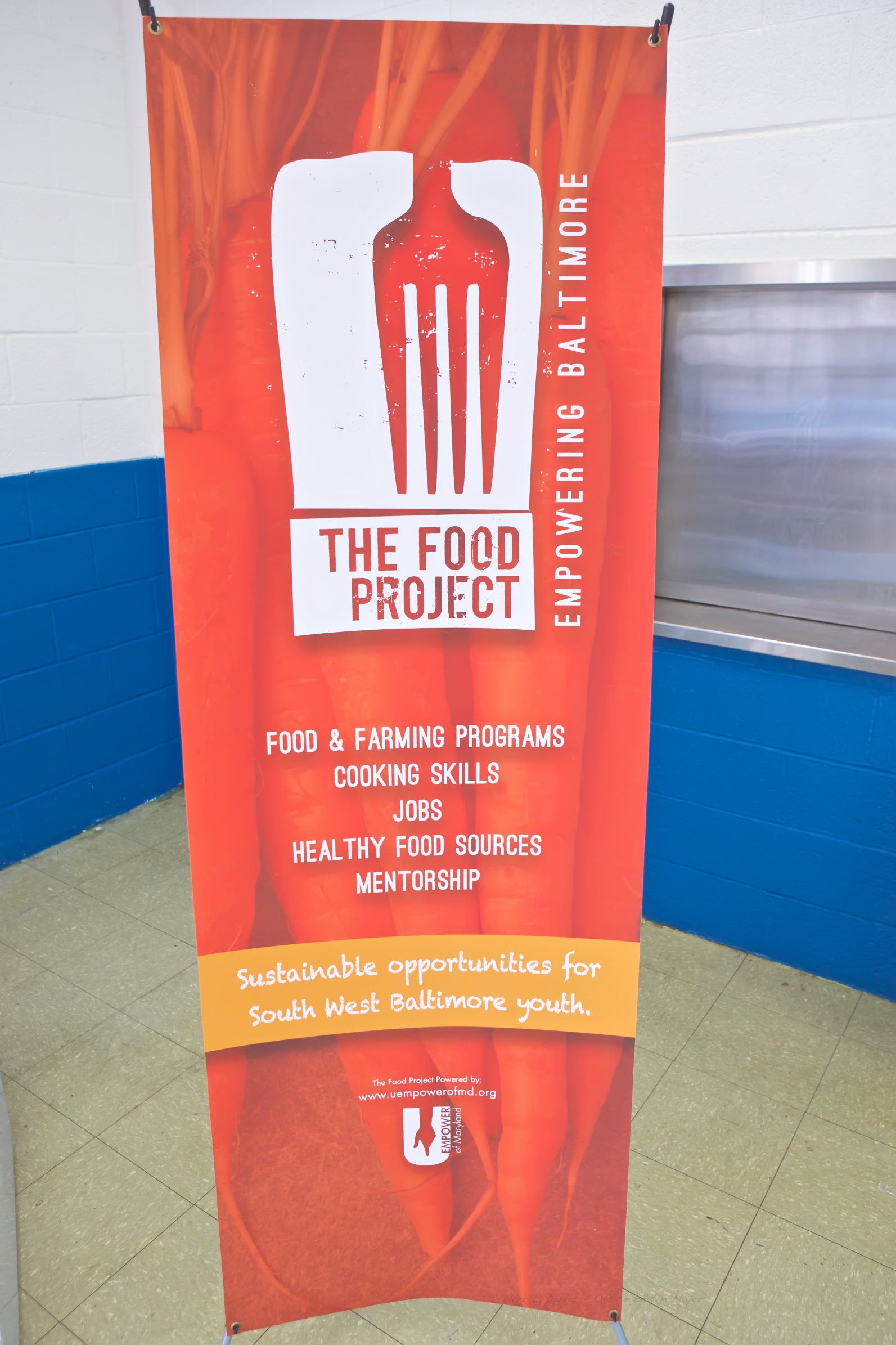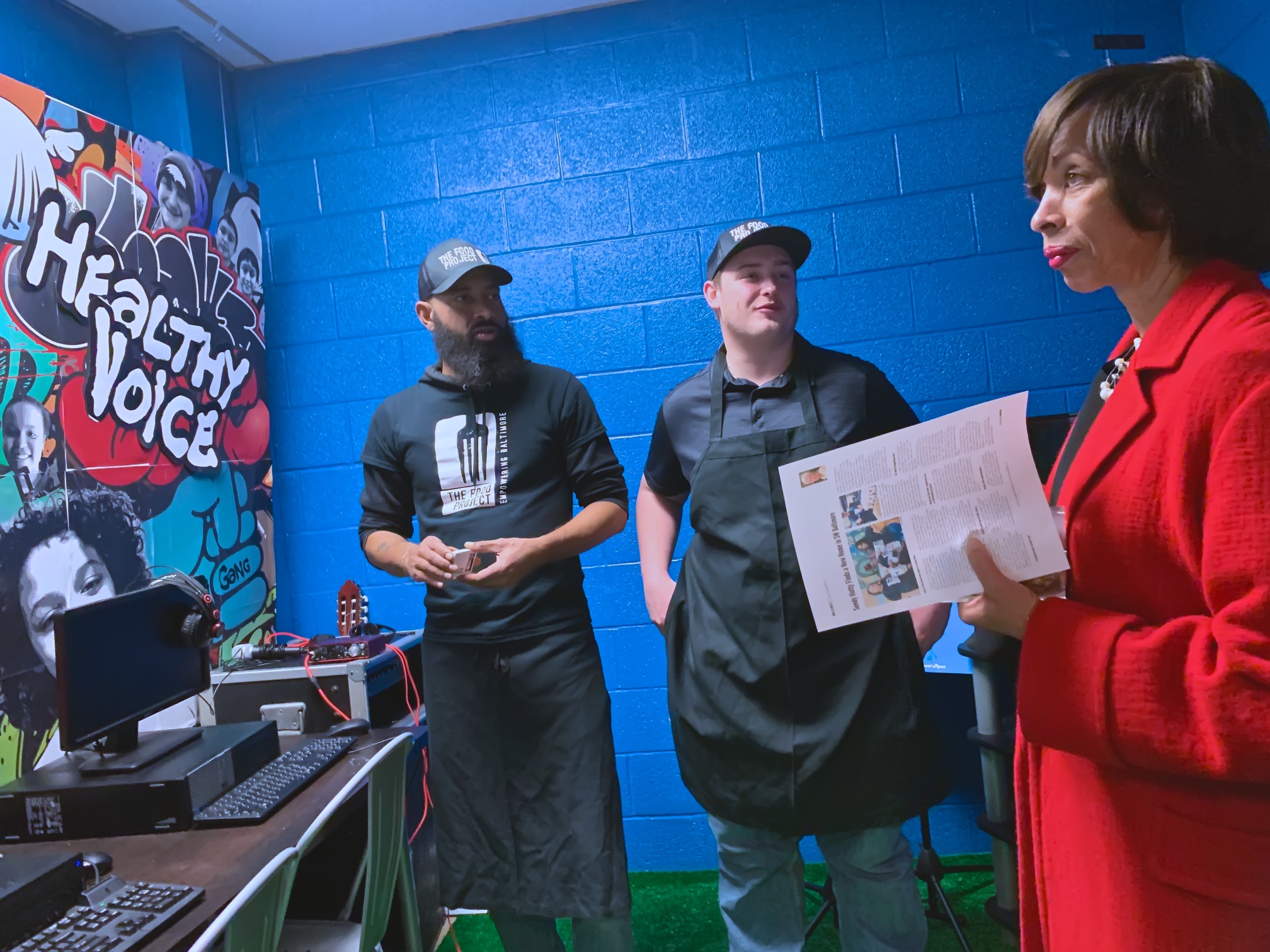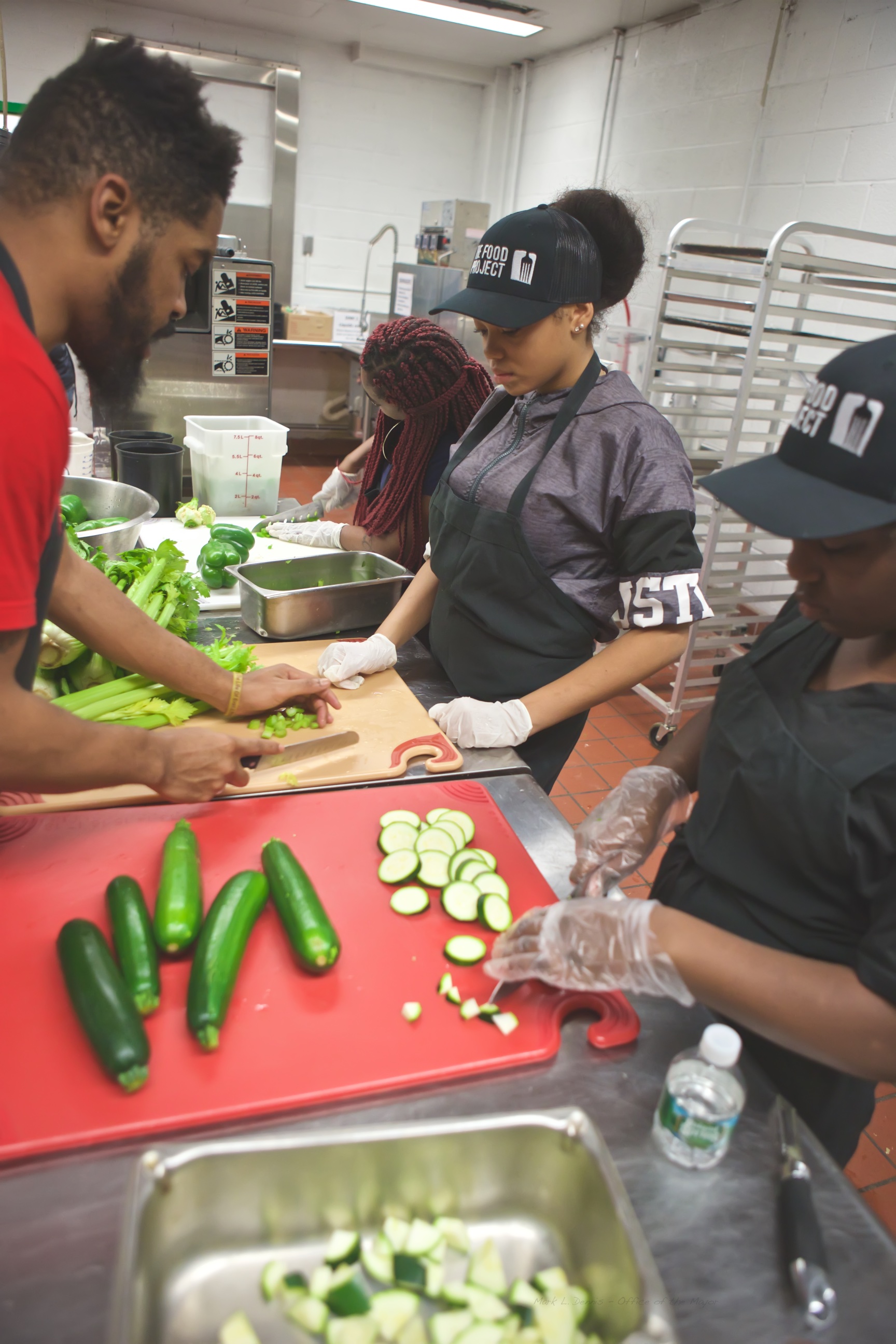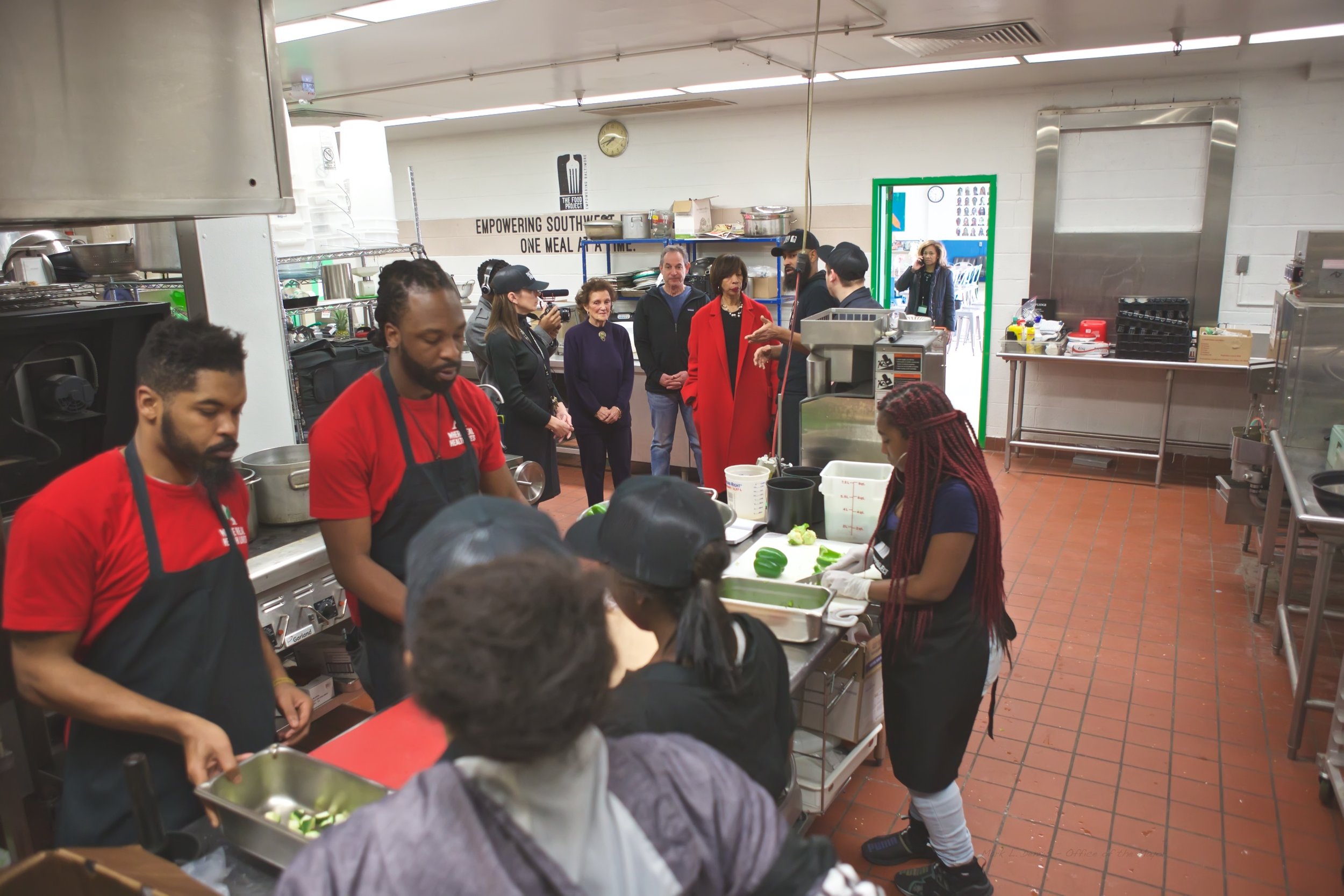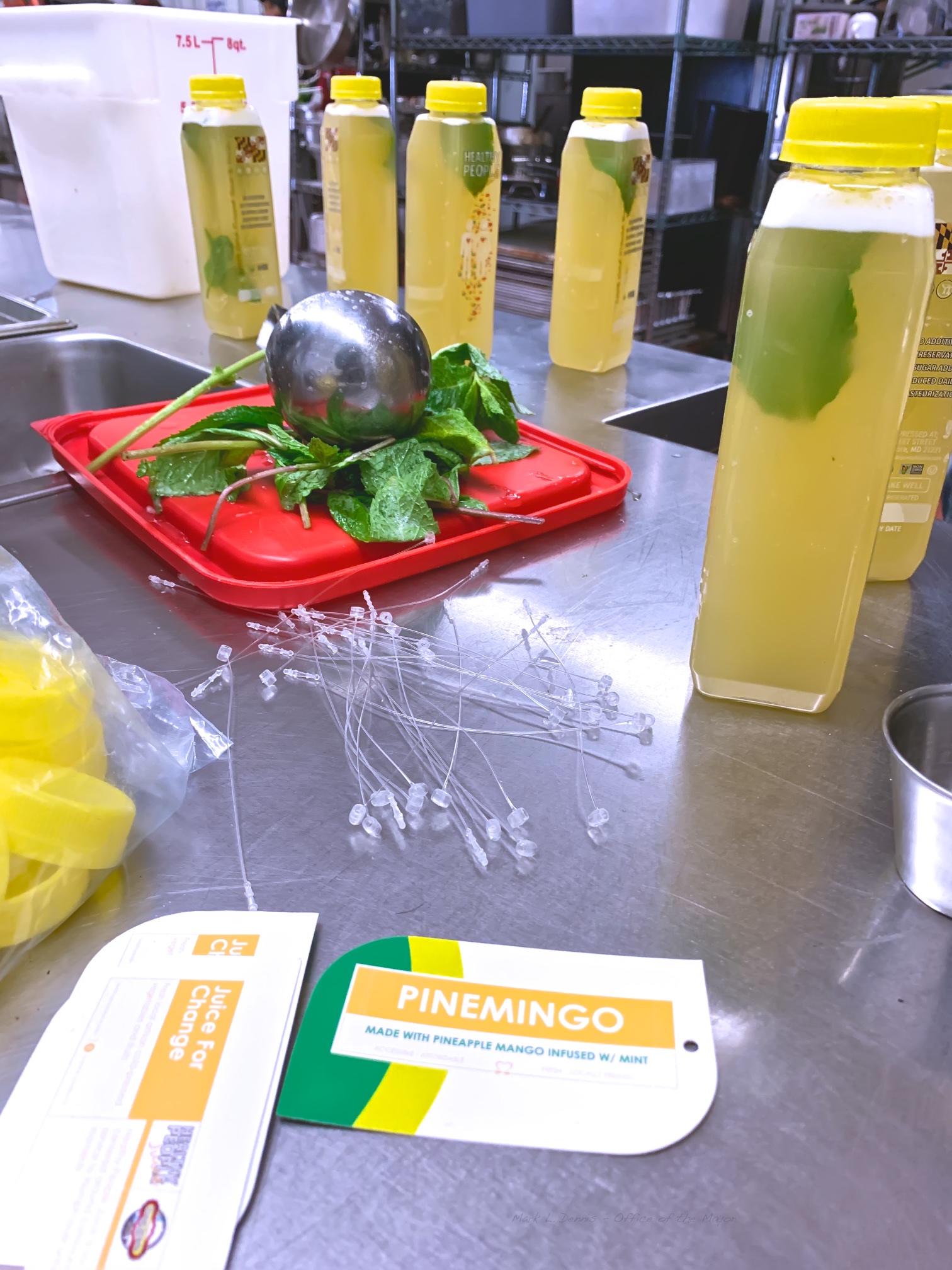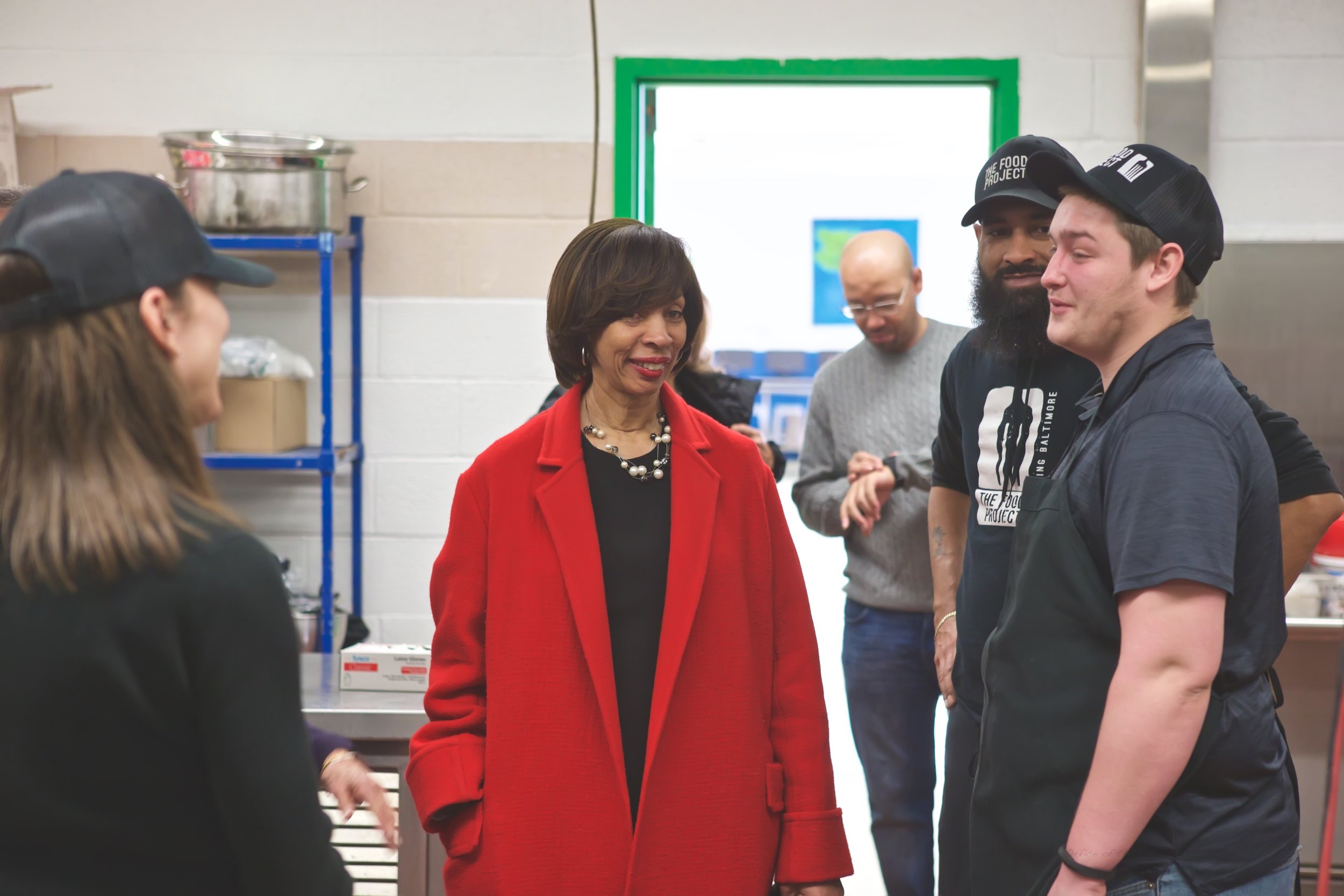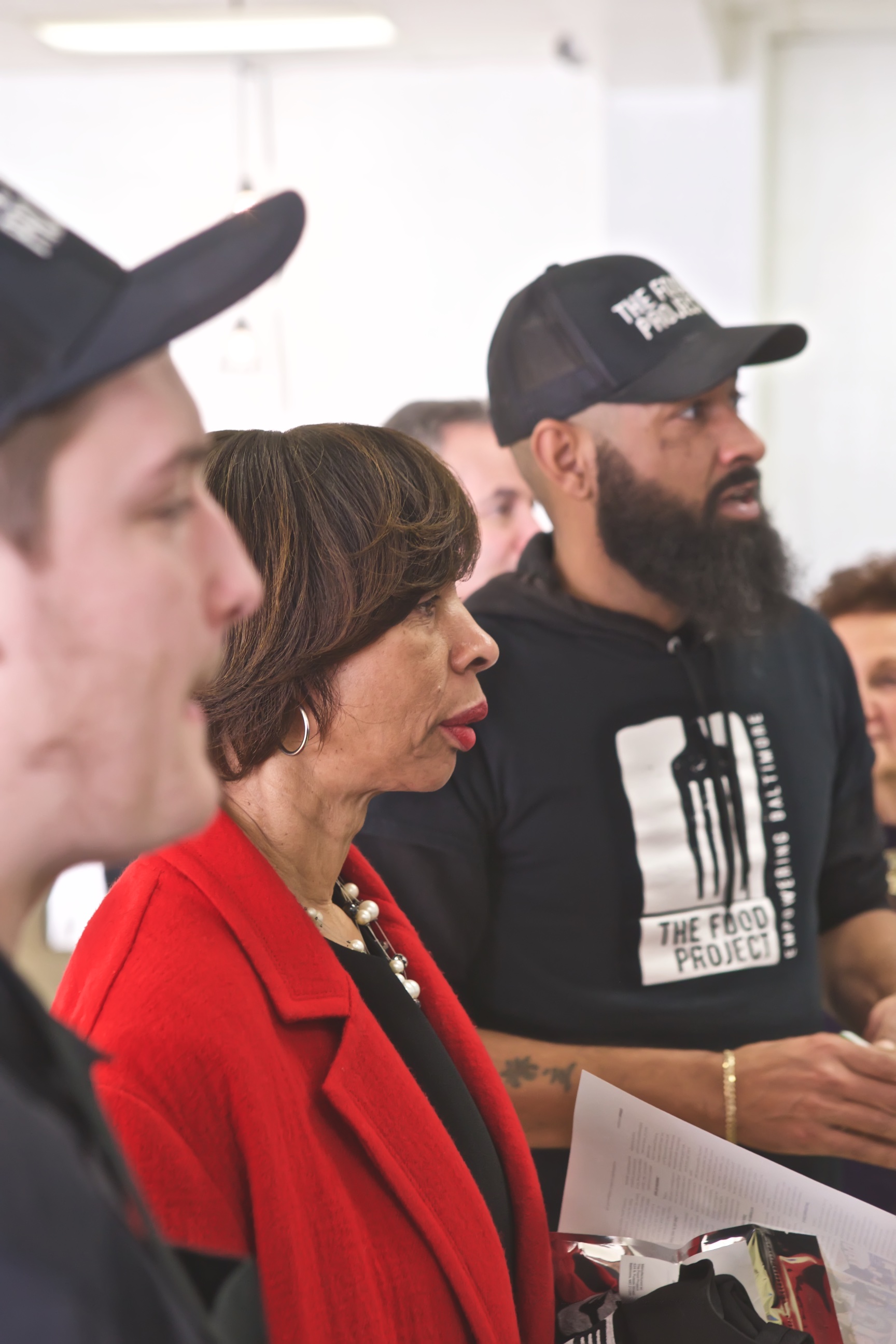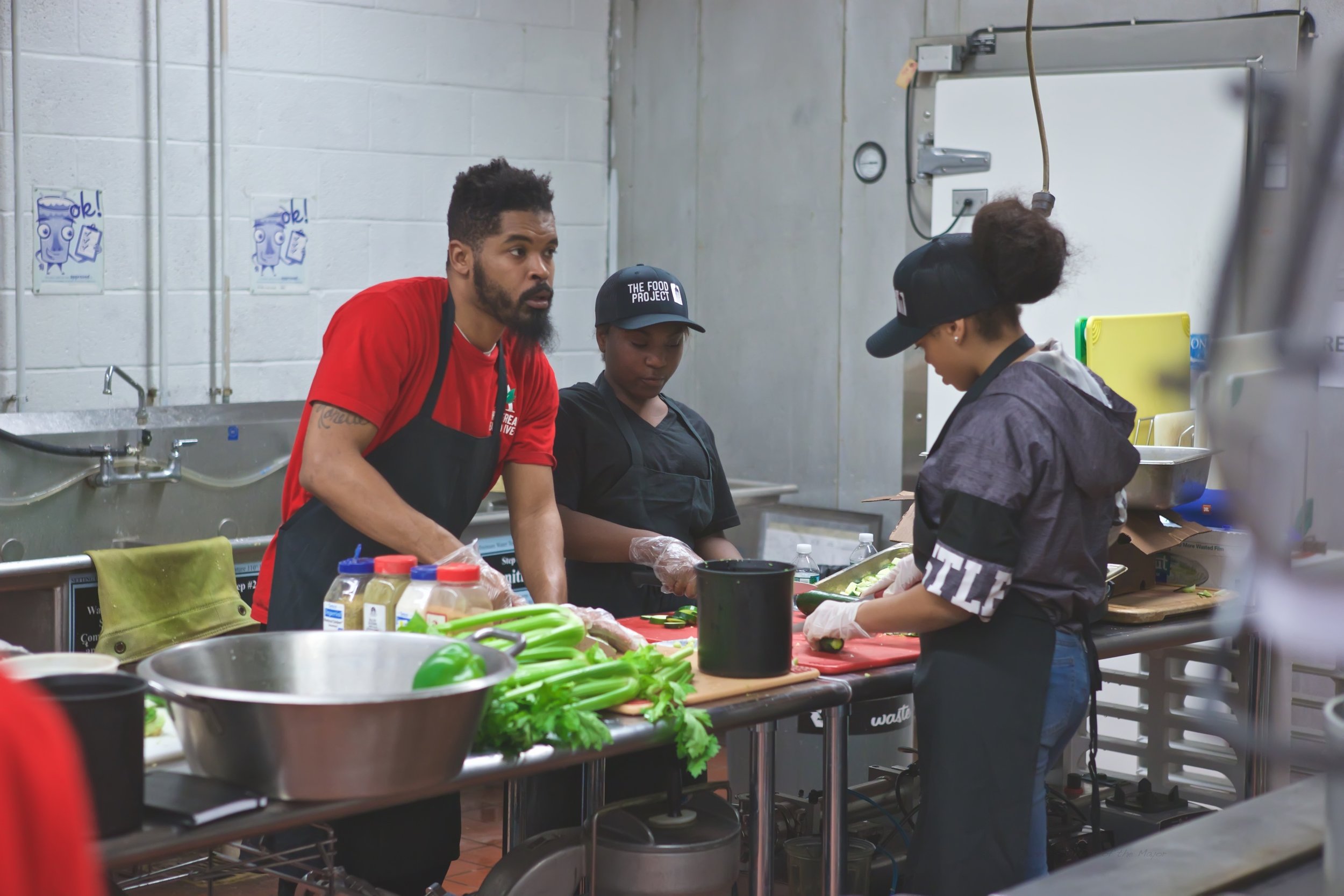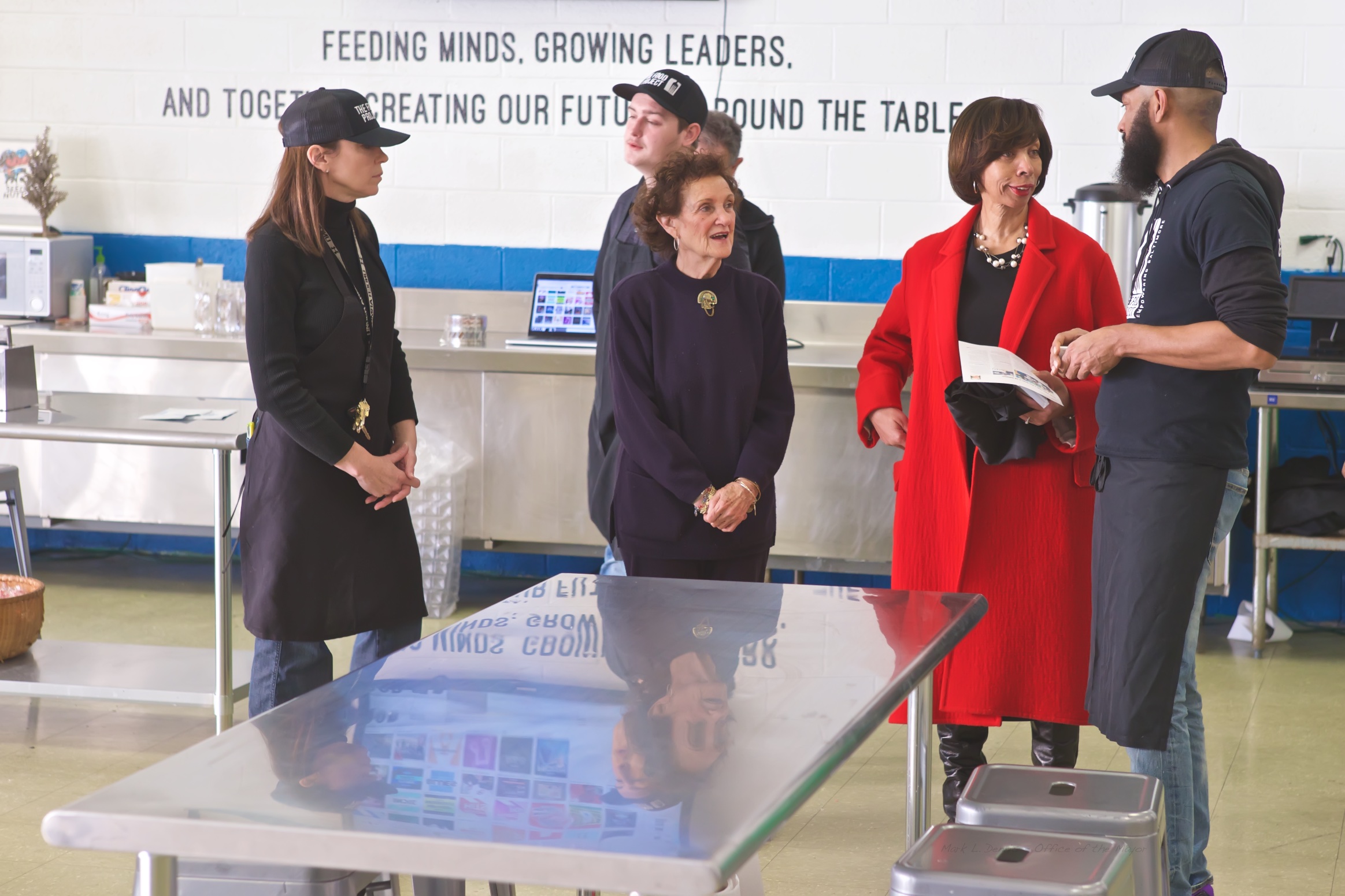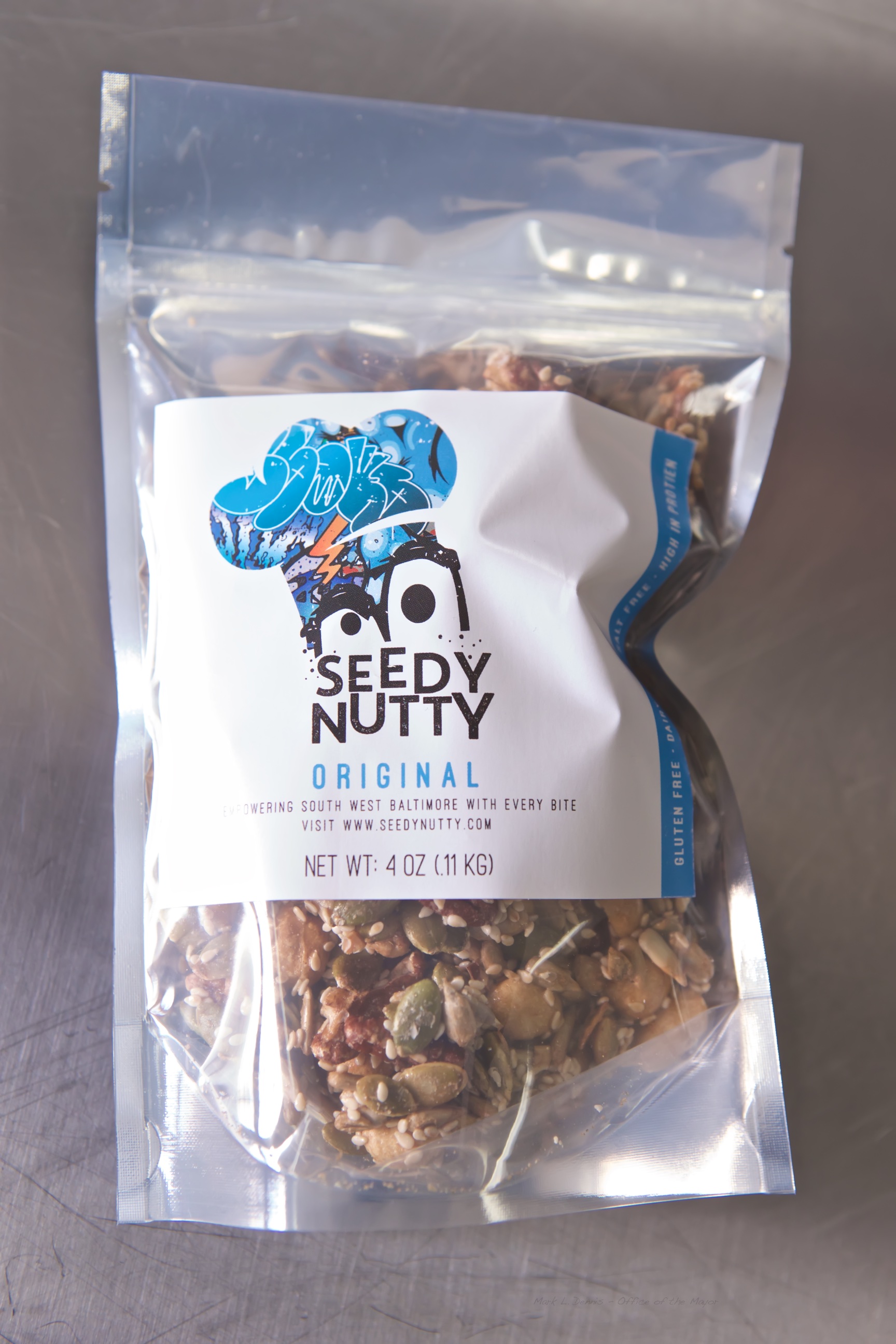http://www.wbal.com/article/338927/3/former-councilwoman-discusses-efforts-to-curb-juvenile-crime-through-mentorship-education
Former Baltimore City Councilwoman Rochelle "Rikki" Spector knows Baltimore's juvenile crime problem all too well. Days before she left office in 2016, she was carjacked by a pair of teens. But then she became an advocate for her assailants, and now she's helping in an effort to lift up teens in the city's poorest neighborhoods.
"I have had the opportunity to work with the same kids that I was the victim of and now I can't love them more than my own children," Spector told Brett Hollander on Monday.
She's working with Michelle Suazo, executive director of The Food Project. It aims to provide underserved youth with cooking, nutrition, restaurant skills, urban farming experience and mentorship. They're laser-focused, Suazo said, on 21223, Maryland's poorest zip code, and an area of southwest Baltimore including Carrollton Ridge, Franklin Square and Penrose.
Students in the program learn the tools of the restaurant, get snacks on the shelves of Whole Foods and, most importantly, take home a paycheck. That's thanks to grant funding.
"I had five boys I had to turn away," Suazo said. "I would love to have support so that we could hire more youth in the community."
In the zip code, 42.3 percent of children live in poverty, and two-thirds don't live in a two-parent household. Some are even on the streets.
"I'm not sure about cause and effect, but what I am convinced of, quite frankly, Brett, is it's 40, 50 years of bad public policy. Babies having babies. We have kids that cannot go to school because they have not been vaccinated," Spector said. "There's no one to parent them or to guardian them or to guide them, and they come to use because they now have heard that we're a refuge or a sanctuary."
